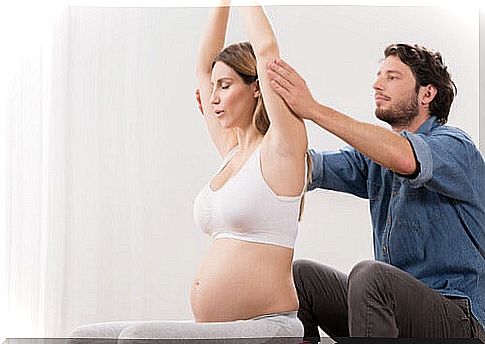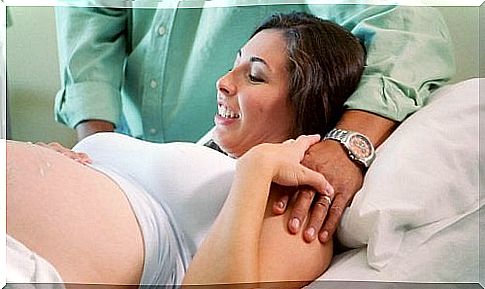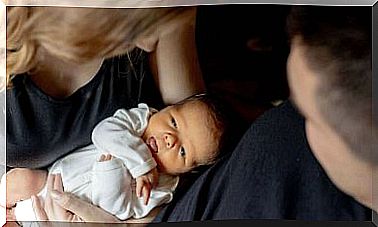Relaxing Breathing Techniques For Childbirth

Relaxation plays an important role in childbirth from the perspective of both the course of childbirth and the experience of childbirth. Breathing and relaxation are closely related, as breathing makes it easier to relax, and when relaxed, it is easier to breathe. Thus, different breathing techniques can be a big help during childbirth and should be practiced in advance.
Inhalation during childbirth
According to some experts, breathing is just a spontaneous reaction that a mother engages in during childbirth, but proper breathing has been found to relax the body and help control pain. As contraction and pain begin, the natural reaction is to tense the body and stop breathing, making the contraction pain even worse, which in turn can be followed by a vicious circle of pain and fear. Also, too strong a breathing technique is not good, as it does not help to relax, but on the contrary makes the mother hyperventilated and unwell.
Conscious calm breathing instead facilitates relaxation. In order to work, the breathing techniques utilized during childbirth must follow a certain pattern and rhythm. In addition to this, it is good to learn several breathing techniques, as one method works in one stage of labor and another in the other stage.

Relaxing breathing techniques for childbirth
Proactive breathing
Proactive breathing is rhythmic and conscious. Take a deep breath through your nose so you can see your stomach rising. Exhale through your mouth while relaxing. Exhalation should be longer than inhalation. Take a couple of seconds break before the next inhalation.
Superficial breathing
The deep breaths of the previous type are suitable for the phase of weak contractions, but as the contractions intensify, you will have to make your breathing more superficial and faster. Continue to inhale through your nose and out through your mouth, but take shorter and more superficial breaths.
When you feel the contraction begin, draw a small amount of air through your nose and then exhale through your mouth. You can blow all the air out at once or in four short pulses.
Variable breathing

This breathing technique can be used while waiting for the uterus to open, as it helps reduce the feeling of the need for exertion. It holds short and dense breaths so that you inhale through your nose and out through your mouth.
When you feel the contraction begin, inhale with one pull through your nose and then let the air out through your mouth in three parts so that you first let out two quick breaths saying “hee” aloud and finally a third long breath saying “hoo”.
Exhalation breathing
This breathing technique is used during the effort phase of labor. Take a deep breath, filling your lungs with air. When you feel the need to strain, lower your chin to your chest. When trying to get air out a little at a time. Finally, blow the air out and breathe normally to equalize your breathing. Repeat the normal breathing until you are ready for the next effort. It is important to remember to breathe during the effort, although the natural reaction is to stop breathing.









